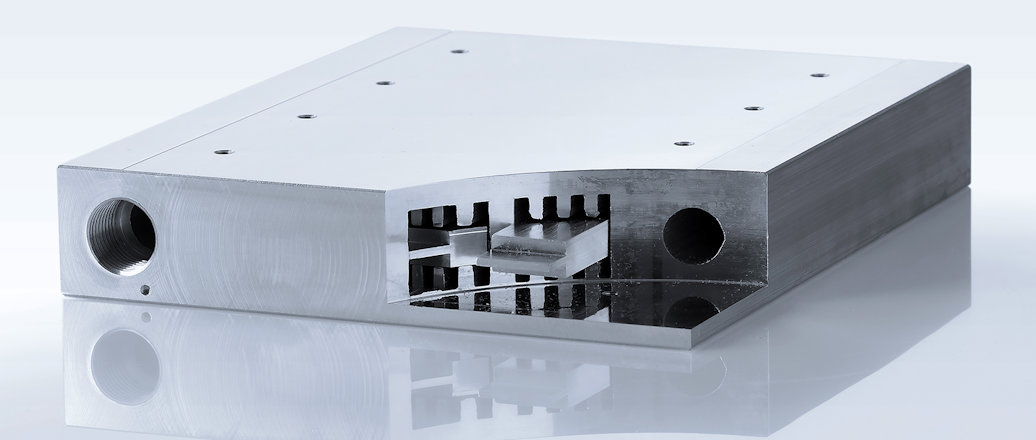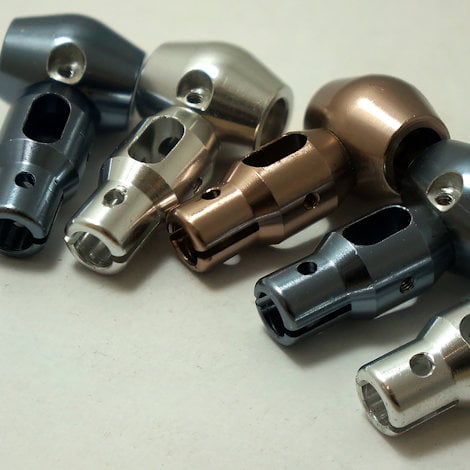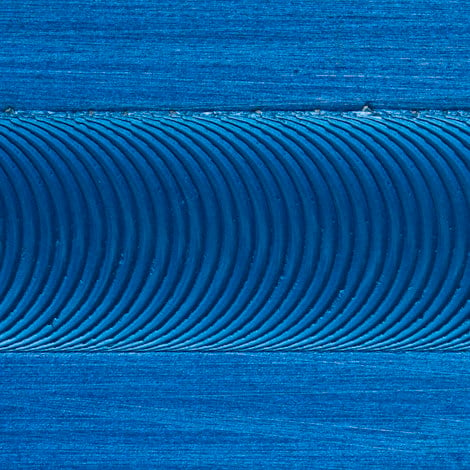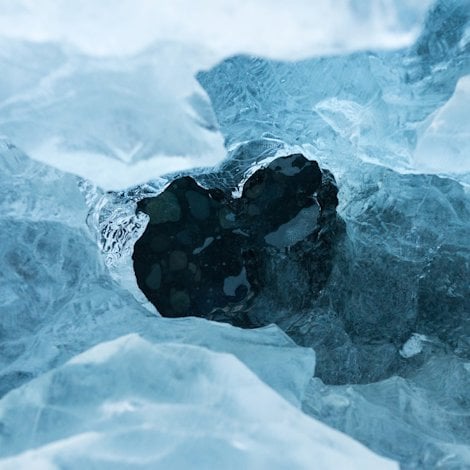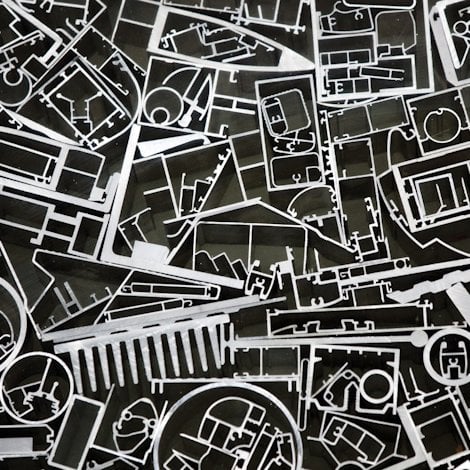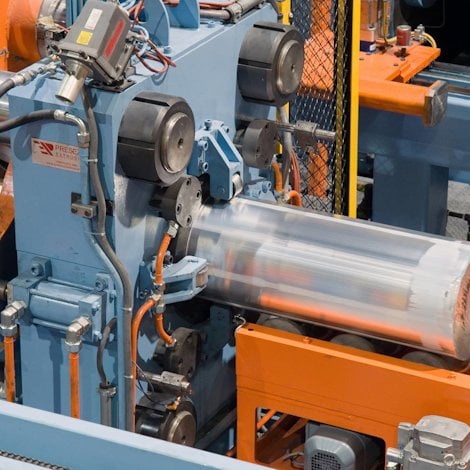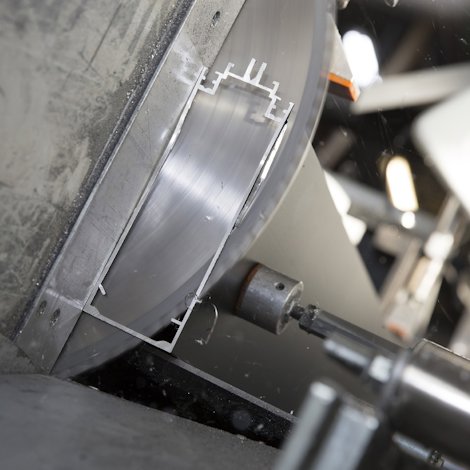How friction stir welding makes liquid cooling a strong alternative to air cooling
There are many reasons why liquid cooling can be a good alternative to air cooling. However, did you know that liquid cold plates based on aluminium extrusions may even further improve your cooler performance ?
Liquid cold plates based on aluminium extrusions offer cost-effective design and are well able to meet your specific performance requirements, especially when you get the high conductivity of 6000-series aluminium alloys. A key is the use of friction stir welding, which provides strong and leak-proof joints.
Actually, liquid cooling with friction stir welded aluminium profiles is a great combination.
Let me explain.
Aluminium extrusions suitable for cooling structures
By taking advantage of the aluminium extrusion process, fluid channels are incorporated into the profile. This eliminates the need for costly downstream operations. Here are two examples that could bring additional value to the product.

Adding fins inside the hole (above, left) increases the surface area. An increase of surface area often results in lower temperature gradients. Unfortunately, such channel design cannot be machined – again, extrusion is the best solution.
Rectangular-shaped channels (above, right) increase the cooling effect even more due to larger contact area closer to the heat source. An optional insert extrusion reduces the cooling channel’s hydraulic diameter, thus raising thermal performance to levels that otherwise cannot be achieved by a single-piece extrusion.
One can either flow the liquid in multiple parallel channels or do minor machining in the ends to get a serial flow back and forward over the length and width of the plate without using external tubing/fitting. This is shown in the illustrations below.

All these components are assembled and sealed together using cover plates that are friction stir welded in place to create a high-performing and fully leak-proof system. FSW is a robust sealing method that produces joints maintaining parent metal conductivity. Using this joining method, such coolers can meet burst pressure requirements of 90 bar or more depending on weld size.
I can also say that extrusion geometry is highly flexible to accommodate specific package constraints or thermal performance requirements.
At the end of the day, liquid cooling provides high thermal conductivity and efficiency. And such solutions as this can maintain even cooling due to the conductivity we have through the plate.

